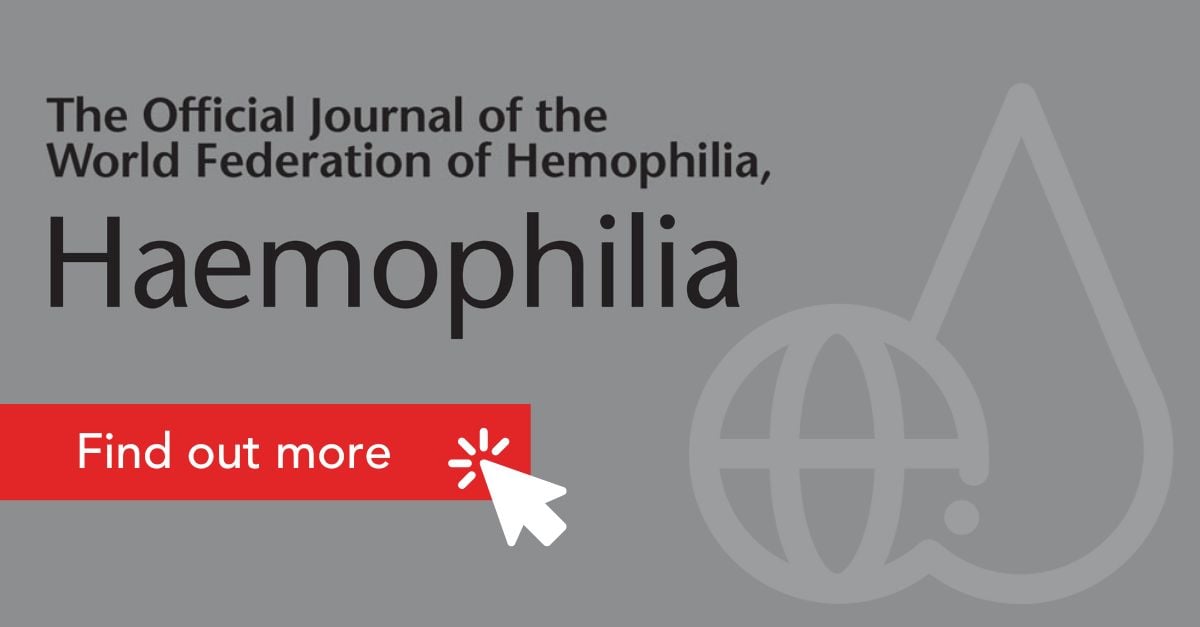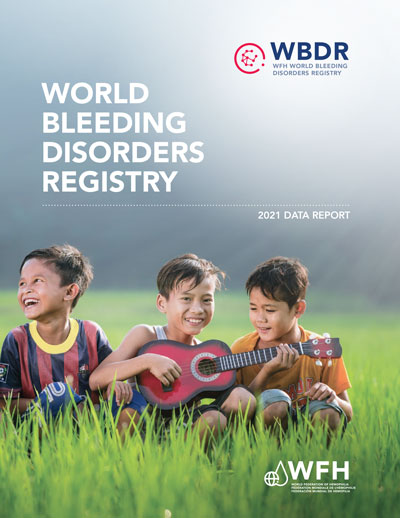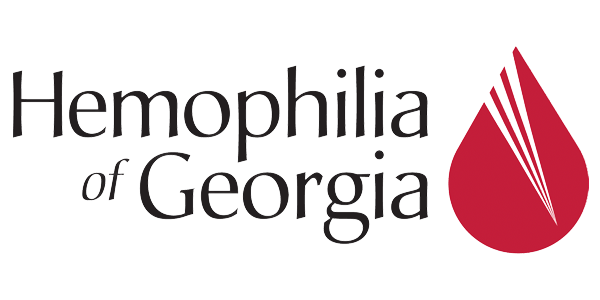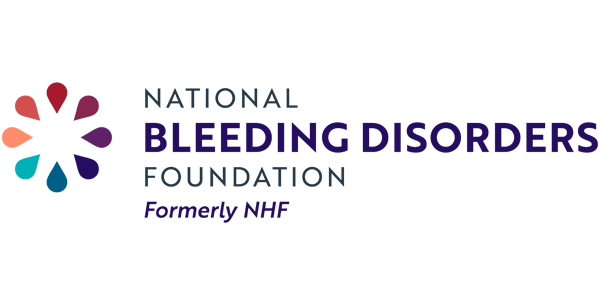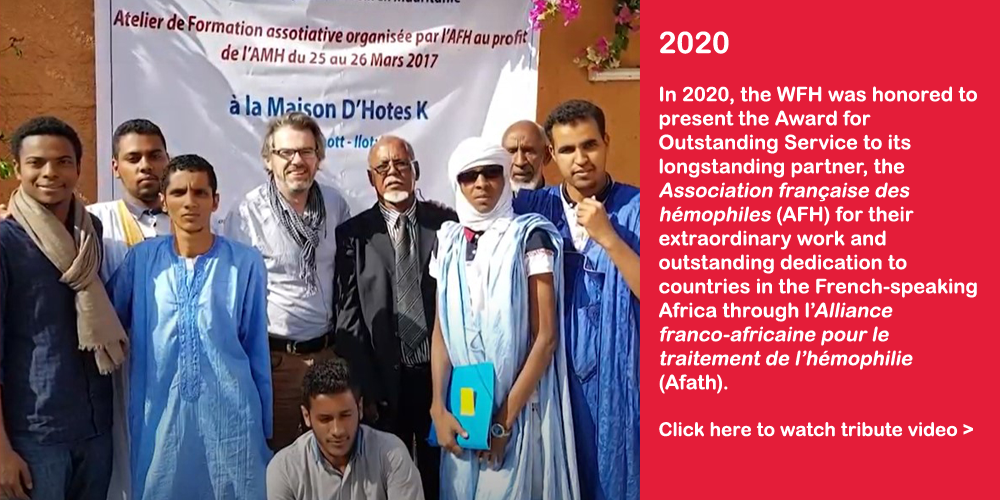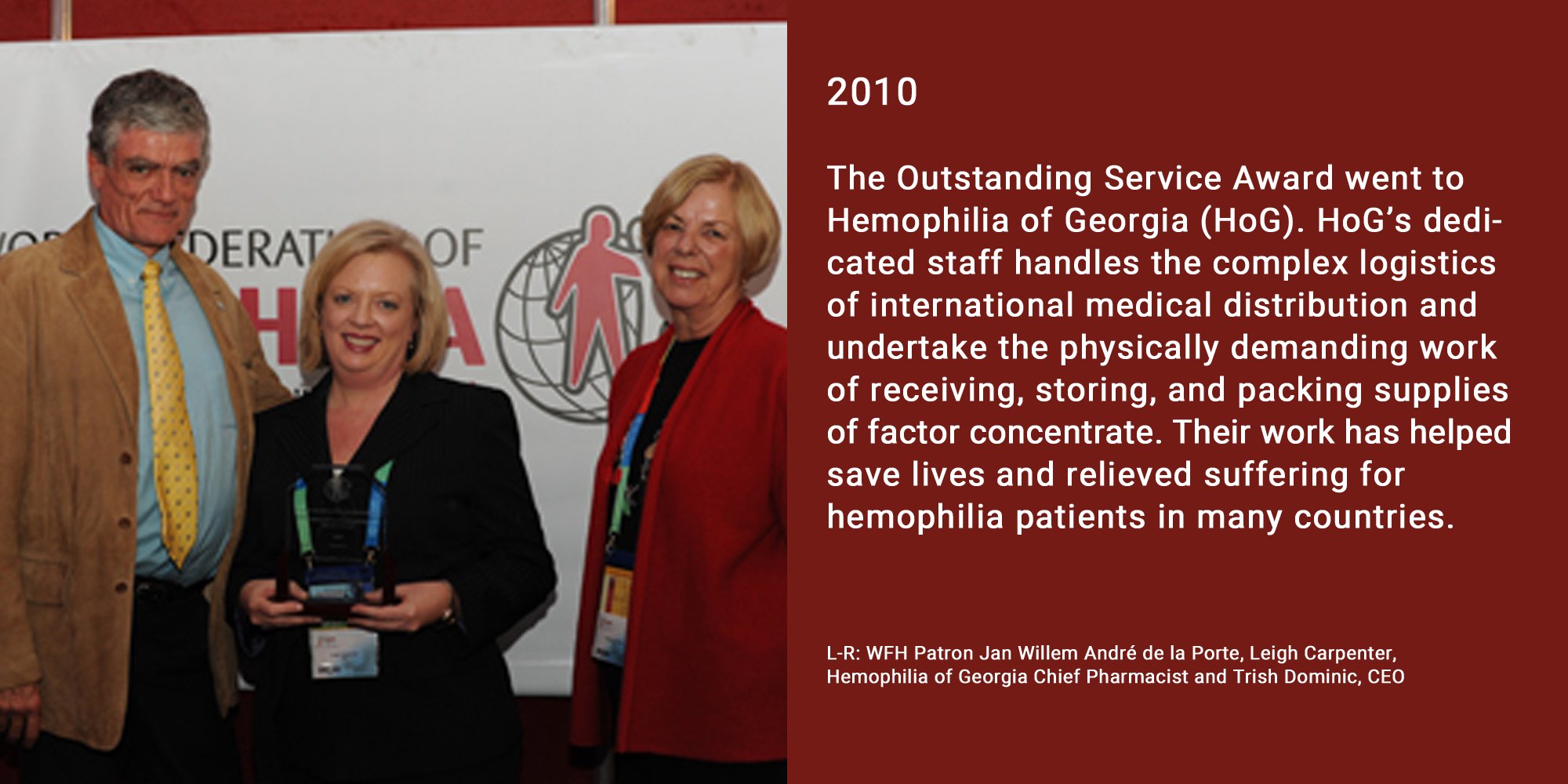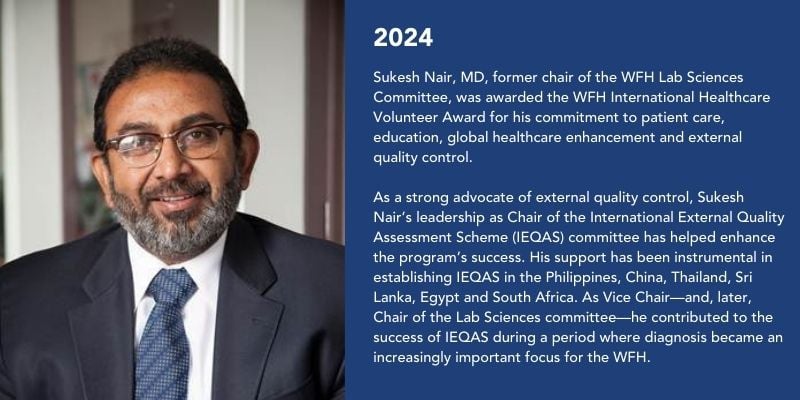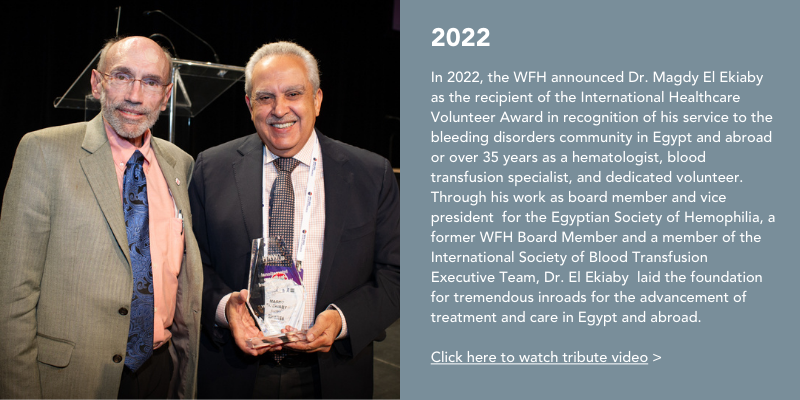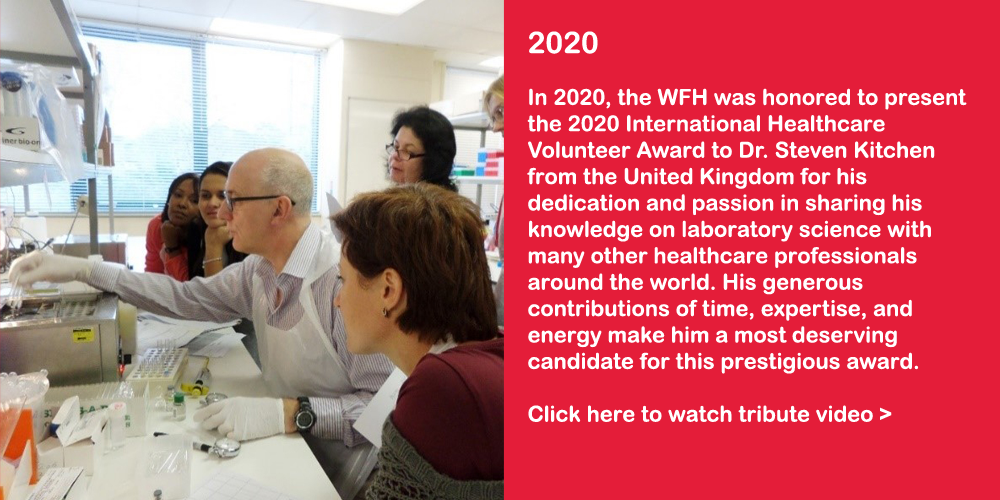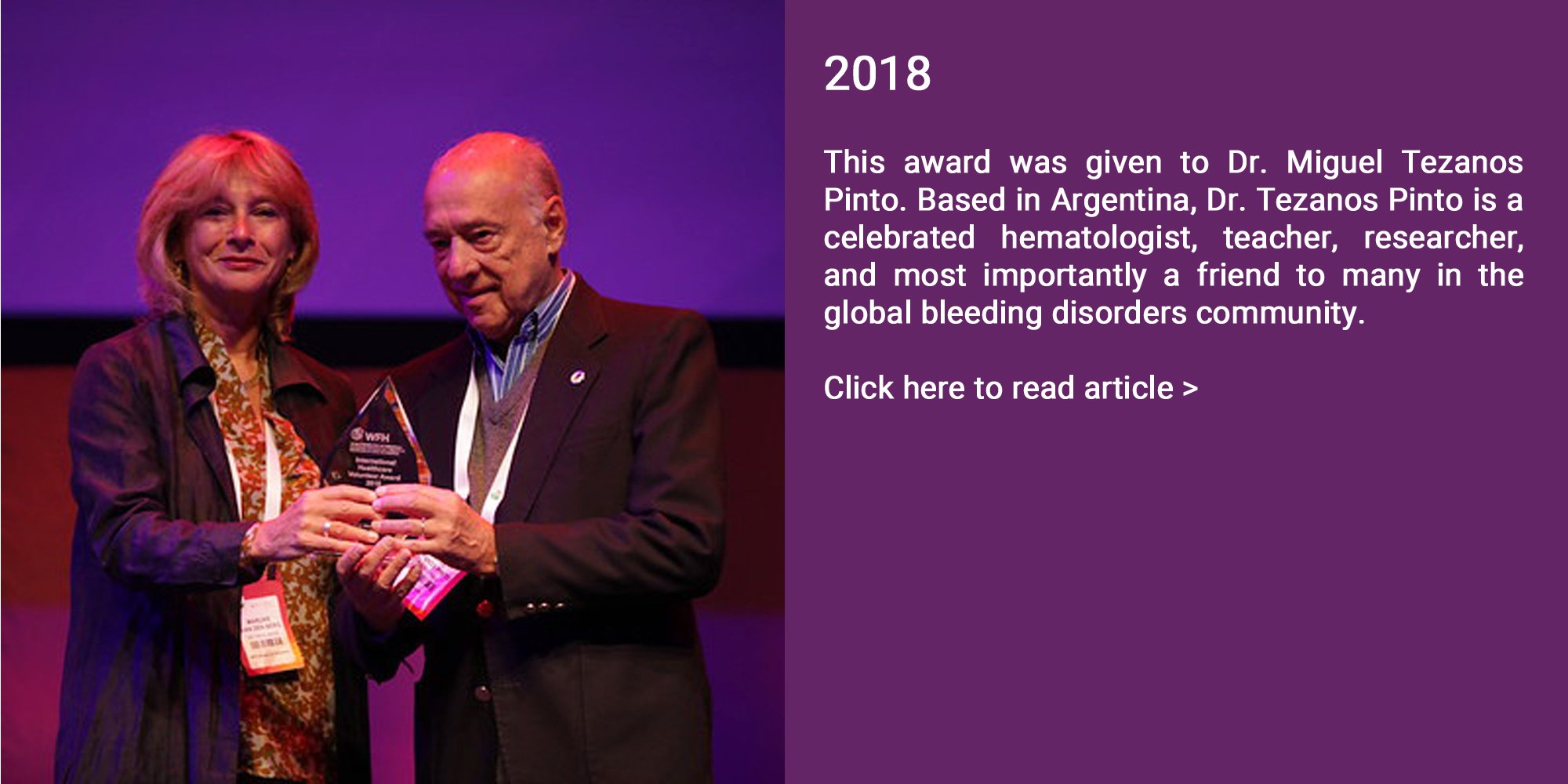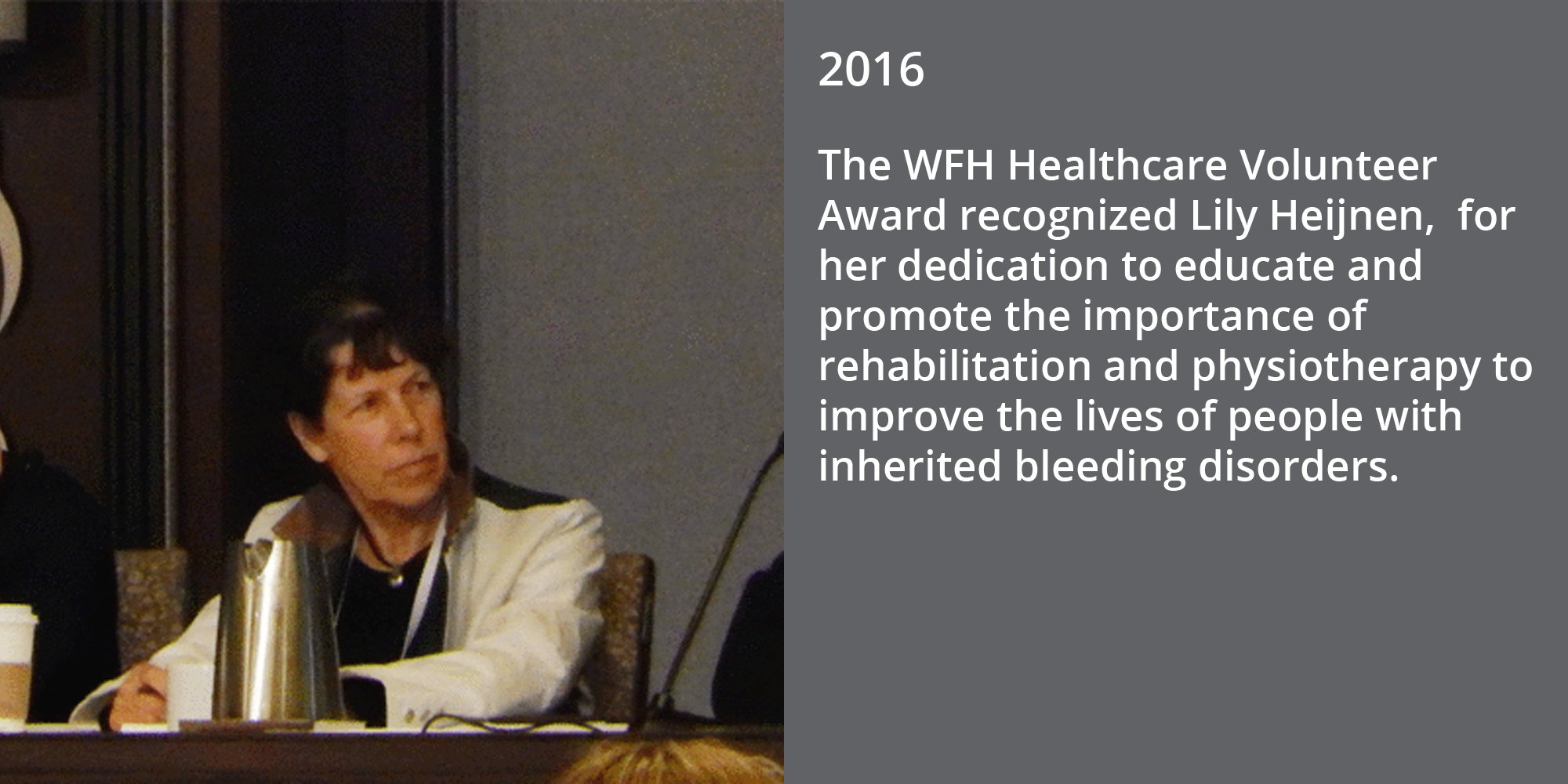The WBDR aims to monitor the status of care for PWH, highlight disparities in care, and empirically support decision making and policy development for the improvement of hemophilia care. Data analyzed in this report—which is available for download here—demonstrate that in low and lower-middle income countries, PWH continue to be diagnosed later in life compared to those in higher income countries. Diagnosis later in life leads poor health outcomes and lower quality of life. As highlighted in the 3rd edition of the WFH Guidelines for the Management of Hemophilia, prophylaxis is the primary standard of care, however, WBDR data show that the use and access to prophylaxis remains much lower in low and lower middle income countries. This real-world clinical evidence can be used as an important tool for research and effective advocacy to improve the quality of patient care.
In the upcoming months, the WBDR data collection platform will be available in French, Spanish and Russian, making it even more accessible globally. This update will facilitate data collection for more hemophilia treatment centres (HTCs) and will make the data more representative.
The WFH greatly appreciates the efforts of participating HTCs and PWH, as well as the support of our corporate partners on this valuable project. To learn more about the World Bleeding Disorders Registry (WBDR) and its related programs—such as the International Data Integration Program, the Research Support Program, and the HTC Funding Program—click here. To read the WBDR 2021 Data Report, please click here.
